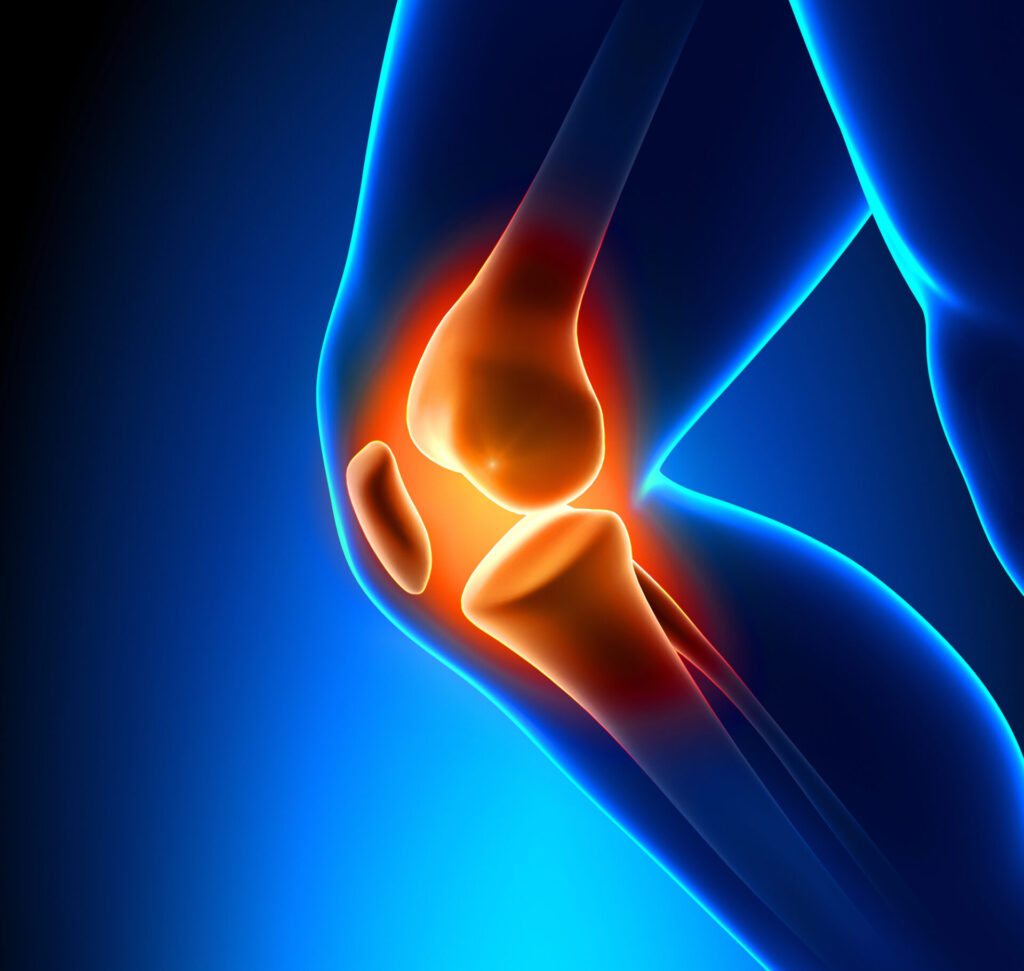By Joshua Mansour, M.D. / I was in the hospital recently when I heard the word apple. Without  hesitating, I reached in my pocket to see if I had my phone. They were talking about the fruit, not the product. This got me thinking, has technology now become more important than our health?
hesitating, I reached in my pocket to see if I had my phone. They were talking about the fruit, not the product. This got me thinking, has technology now become more important than our health?
True, technology surrounds us, and it has become a large part of how we live and work on a daily basis. I’m not saying that technology, its progression and evolution is all bad, but certain aspects can pose a health risk. Technology serves many positive aspects and has revolutionized how we take care of our patients today, but when is it just too much.
We all remember the common phrase that has become cliché, “an apple a day keeps the doctor away.” While this is good nutrition advice, when applied to technology, it’s not as advantageous. People, including the medical community, have become so preoccupied with their gadgets that we are not taking the time to take care of ourselves, connect with each other, or let alone visit a doctor. For many, searching symptoms on Dr. Google has replaced visiting an actual doctor.
If I was to write the word apple on a piece of paper then ask someone what the word means, I bet many people would think I was talking about the company or a device. Few would think I was talking about the fruit, rich in antioxidants and fiber that may reduce the risk of developing high blood pressure, a stroke, high cholesterol, and diabetes.
If I was to do the same thing with the letters DM, most would be quick to think I was talking about Direct Messaging someone on Instagram. In truth I meant Diabetes Mellitus. The chronic disease of our time, caused by elevated glucose, which can lead to kidney disease, nerve damage, high blood pressure, eye problems, strokes, sexual health issues, and even HD.
Heart Disease or HD, not the High Definition screen in which many spend hours a day watching. Ironically, sitting for hours in front of an HD screen can lead to the other type of HD. Studies how there is an increased risk for HD that is aligned with sedentary behavior, such as sitting for prolonged hours in front of your HD television. Too much HD screen time goes hand in hand with HD.
And, although our screens are now high definition, our eyesight is not. Increased screen time can lead to a multitude of visual defects including, myopia, retinal damage, eye strain, and blurred vision – the complete opposite of high definition – not to mention the headaches, neck, shoulder, and back strain associated with sitting and staring in the same position for hours at a time.
The average American spends as many as 11 hours in front of a screen and checks their phones every 10 minutes. While technology in many ways has given us greater access to information and improved communication, our obsession with it can have detrimental effects on our health. Many of us use a PC every day to keep track of our patient’s progress, but when is the last time that we, even as physicians, saw a PC (Primary Care) doctor?
The World Health Organization posted an article over a decade ago warning people that a sedentary lifestyle can be one of the top ten leading causes of death and disability in the world. Physical inactivity as a whole not only increases mortality but it can severely increase the risk of heart disease, Diabetes Mellitus, obesity, high blood pressure, and high cholesterol.
Physical inactivity can lead to poor diet and nutrition as well. It is a slippery slope with an inevitable downward spiral. The America Cancer Society indicates that about one fifth of all cancer deaths in the United States each year are linked to excess body weight, poor diet, excessive alcohol intake, and decreased physical activity. Although there are genetic factors, as well as cellular factors that continue to be discovered, there is no denying that a healthy diet and physical activity contributes to cancer prevention.
Instead of being outdoors, we are indoors locked to our computer screens, which can lead to vitamin D deficiencies, recently linked to an increase in cancer risk. Then, when one adds inactivity to poor eating habits, the downward slope gets steeper. Processed foods high in nitrates and sodium have been linked to deleterious health effects, including cancer. At the same time, when binge eating, while multitasking on our devices, it’s easy to lose sight of portion control.
I would like us to consider adding these questions to our patient intake forms (and even consider these questions for our own health):
- How much screen time takes up your day?
- Do you give your eyes a regular break from your computer, phone or television screen?
- How often do you get up and move around during your day?
- Do you exercise to make up for these sedentary habits? If so, how much do you exercise do per day or per week?
- Is the amount of screen time affecting your sleep?
- Is there something you could do in your day to reduce screen time, such as walk to a person’s office to ask them a question rather than text or email them? Or schedule outdoor walking meetings with your co-workers.
The next time you find yourself spending too much time in front of a screen, think about your health, your patient’s health, and how those choices affect your body. After all, we each only get one body in a lifetime.
 Joshua Mansour, M.D. is a board-certified hematologist and oncologist in Stanford, California doing work in the field of Hematopoietic Stem Cell Transplantation and Cellular Immunotherapy. Follow my journey from the beginning @DoctorJosh_MD.
Joshua Mansour, M.D. is a board-certified hematologist and oncologist in Stanford, California doing work in the field of Hematopoietic Stem Cell Transplantation and Cellular Immunotherapy. Follow my journey from the beginning @DoctorJosh_MD.





